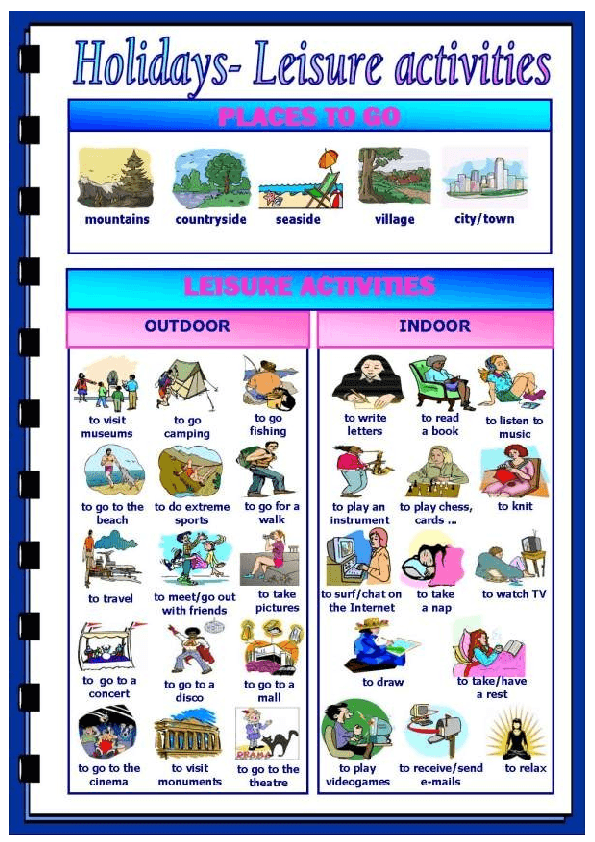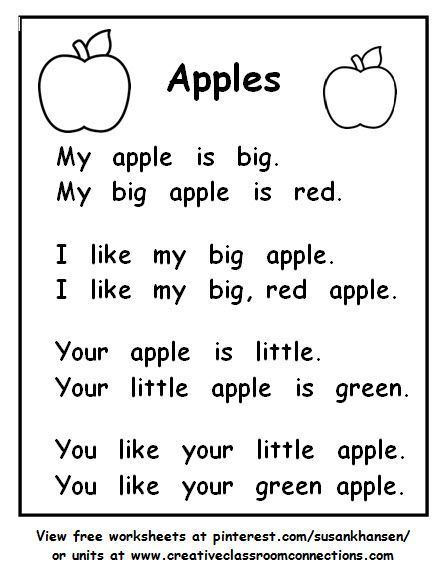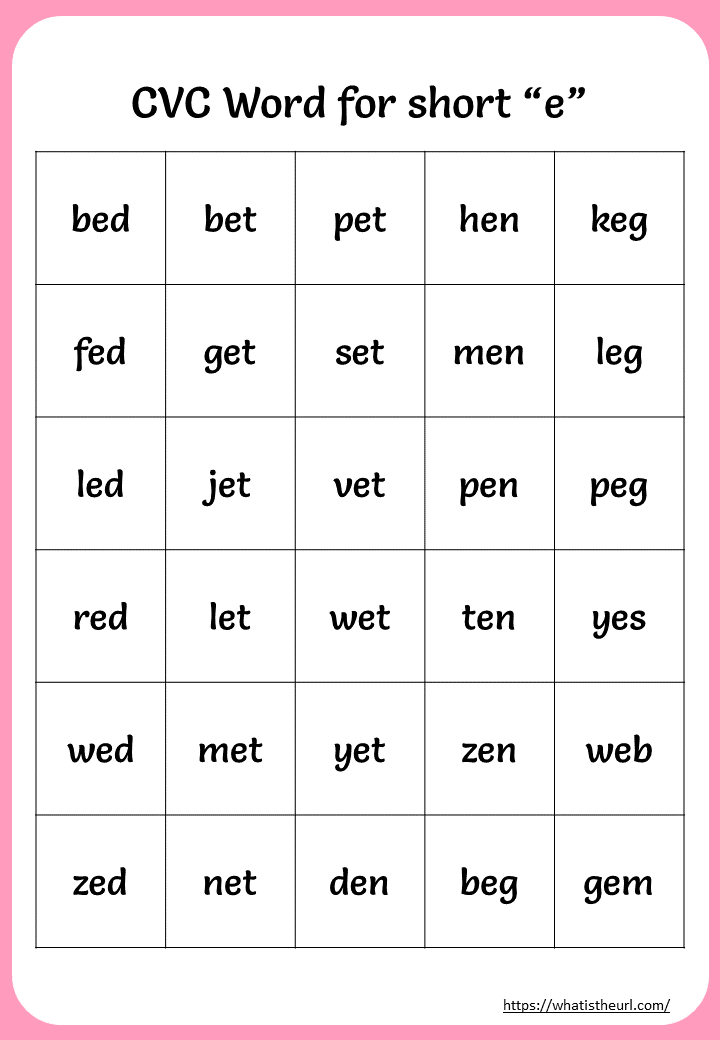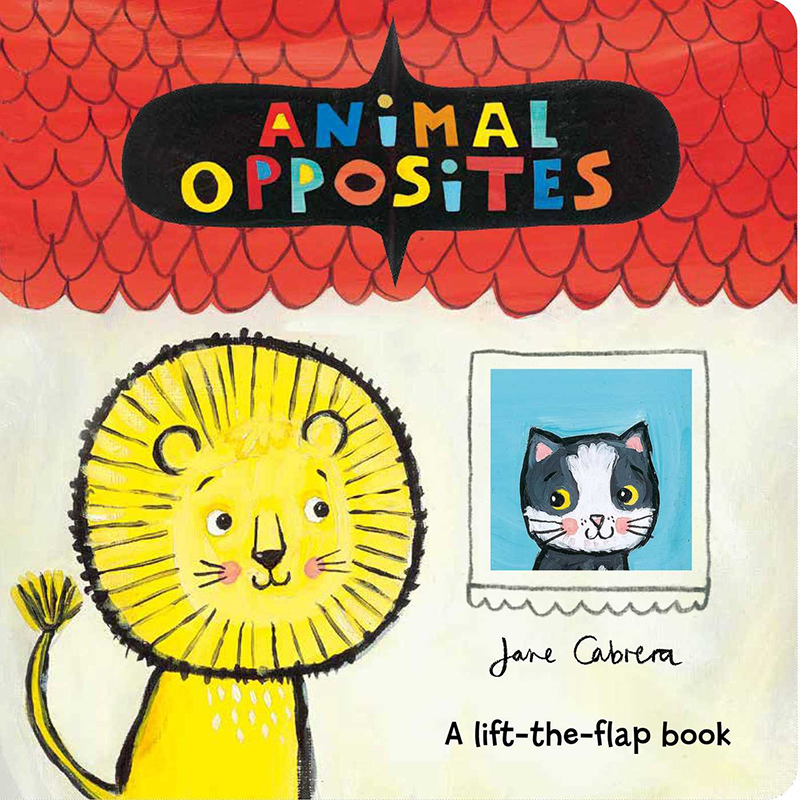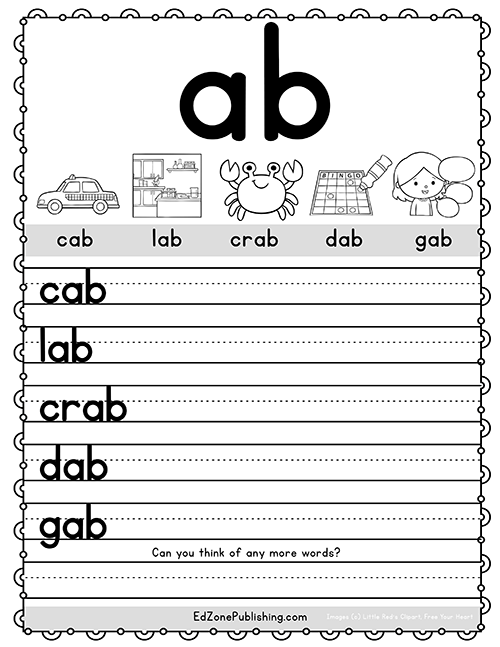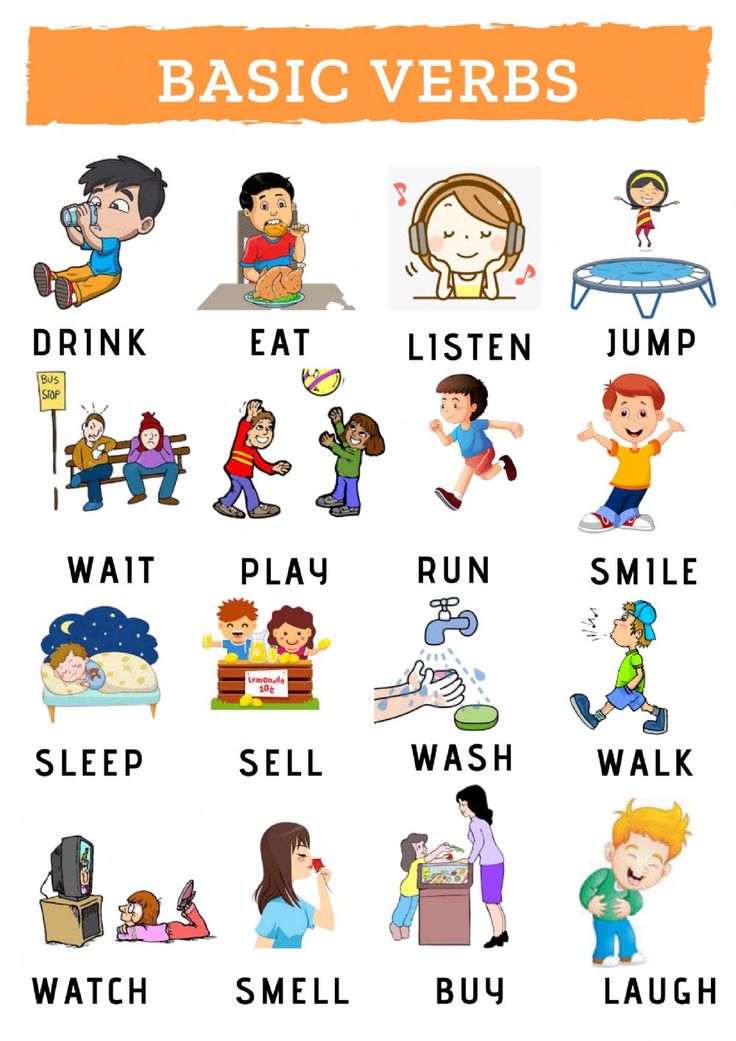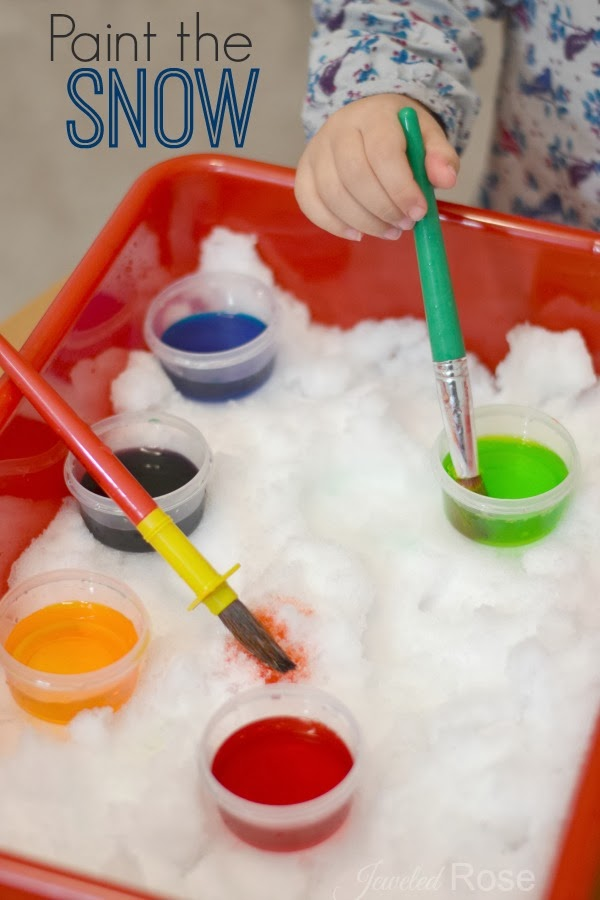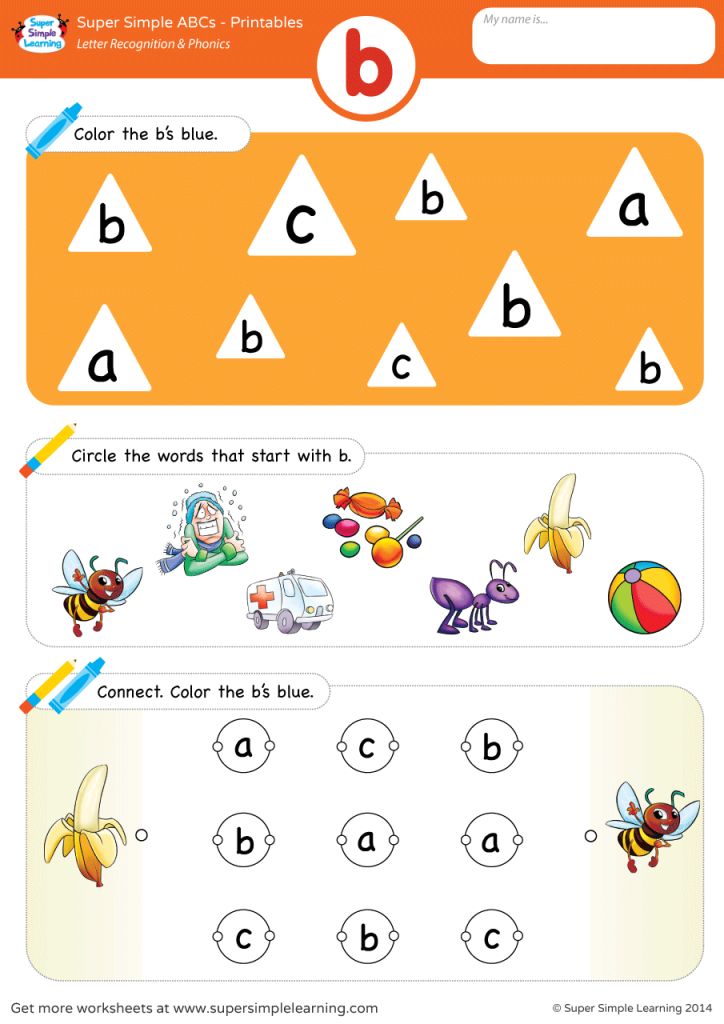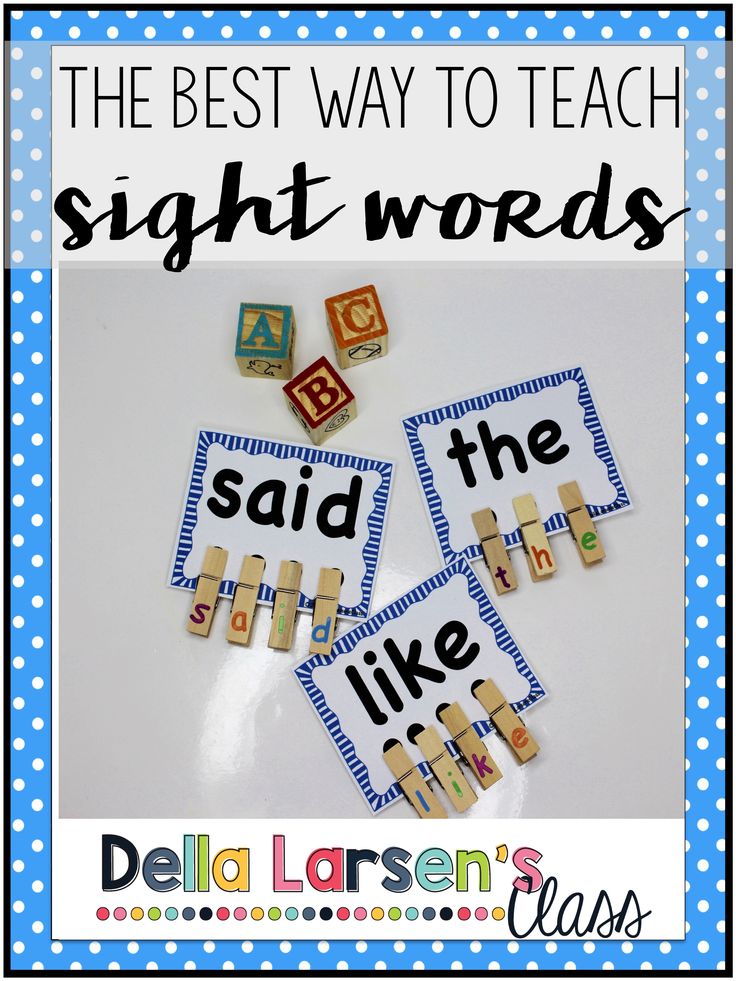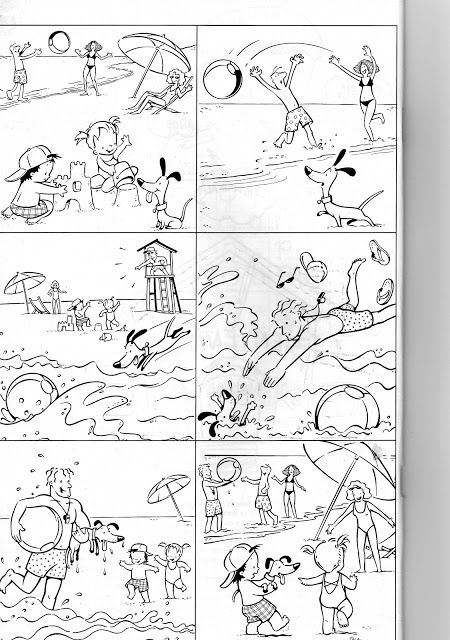Vocabulary activities for kids
10 Fabulous Vocabulary Building Activities for Kids (Easy & Fast Ways)
Words are the foundation stone for acquiring great language proficiency. The kids must be introduced to the world of vocabulary systematically. They will lose interest in activities quickly. Therefore, the learning activities must be engaging and entertaining for them. A set of fun games and interactive vocabulary-building techniques would be useful to keep them engaged.
Given below are some exciting vocabulary building activities for kids.
1.
Building BlocksBuilding blocks can be the first method for teaching them simple words. Try to make it as entertaining as possible. For example, you can write down a word in a block and ask the kid to collect the blocks containing the letters to make that word. Begin with simple words, including names of animals and flowers, and gradually increase the level. The kids may be asked to imitate the sounds of the animals or imitate the actions (for example, Jump).
2.
Funny Word GamesThere are several word games available in the market. Moreover, you can customize and prepare your own as well. Play word games with the children. The games will attract the kids towards learning.
3.
Introduce Word Each DayA board with “word of the day” could be a good way to teach them a unique word each day. Make sure that you generate curiosity in them by playing tricks with the word. Not only teachers but also parents or elder siblings can use this method.
4.
Introduce them to BooksBooks are the treasures that will nourish a child with knowledge, and vocabulary. Not only that, reading will enhance his/ her thought process and help in the development of their brain. Reading is undoubtedly one of the best habits in the world.
5.
Labeling of itemsParents or teachers can label the items around and help the kids to read and identify the objects. Once they are thorough with the names of those, you can remove the labels and ask the kid to put the labels. This will aid the child to identify so many common items around.
This will aid the child to identify so many common items around.
6.
Converse with KidsA proper conversation with kids is essential to improve their pronunciation and understanding of the language. Guide them to speak correctly and confidently. Trained teachers will be able to develop the children in a better manner. By using exclusive pedagogical methodologies that are suitable for the kids.
7.
Short Words Made from Long OnesOnce the child has shown improved vocabulary, this game may be tried. Give the kid a long word and ask him/ her to find small words hidden in the long word. Involve with them and boost them to get the words as fast as possible. Play this game as many times as possible.
Also read, fun indoor activities for kids this summer .
8.
Word PuzzlesThis may not be the right game for smaller kids, who are just learning words. However, word puzzles could be played after they have learned a good number of words and have a decent vocabulary.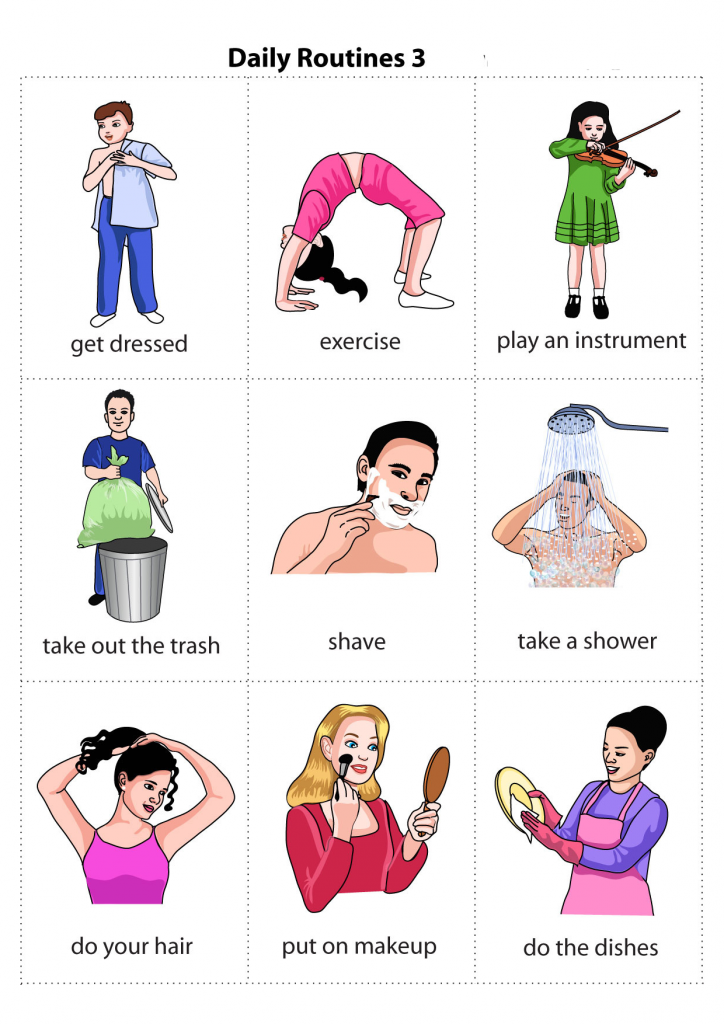 Begin with the words they are familiar with and try to give complex words as the game progresses.
Begin with the words they are familiar with and try to give complex words as the game progresses.
9.
Word HuntA square grid with rectangles containing letters is the property required for this game. Ask the child to mark words connecting the scattered letters. This will improve his/ her vocabulary, as well as, observation.
10.
Interactive SessionsInteractive sessions, games, and fun activities are vital for teaching the kids the usage of the words they have learned. The teacher or parents can give example sentences using the words. And ask the kids to make some of their own. You can assist them in creating sentences using the said words.
Uniquely tailored pedagogical methodologies are available for teaching vocabulary to children. The fabulous vocabulary building activities, derived after intense research after identifying the peculiarities of children and analyzing their psychology, will have exemplary results in strengthening their word power.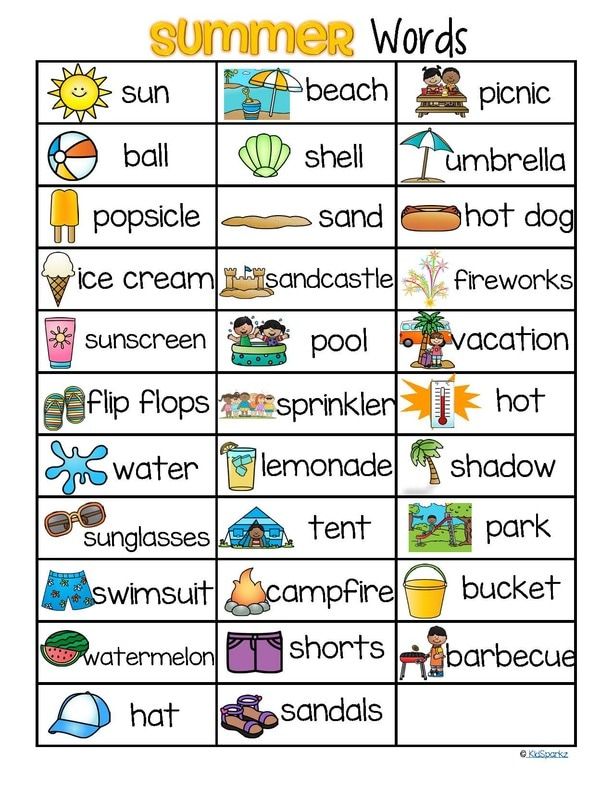 The most important part of teaching the kids is how to generate interest in them. Both generating the interest and keeping it alive is complex in the case of children.
The most important part of teaching the kids is how to generate interest in them. Both generating the interest and keeping it alive is complex in the case of children.
Renowned schools have trained and experienced teachers to teach the children in the most productive way. Enrol your kid in the right school, for ensuring that they have a strong foundation, to have a successful education.
Take the right step for your child’s future, get admission at TIST, register now !!!
20 Meaningful Vocabulary Activities for Every Grade
Learning new words is like adding to your writing wardrobe. Your writing becomes so much more interesting and engaging when you have more options available. These vocabulary activities work for all ages, K-12, and provide kids with a variety of learning options to help them build their own word bank.
1. Make a word map
Word maps help deepen understanding of a vocab word by relating it to other words and concepts students already know.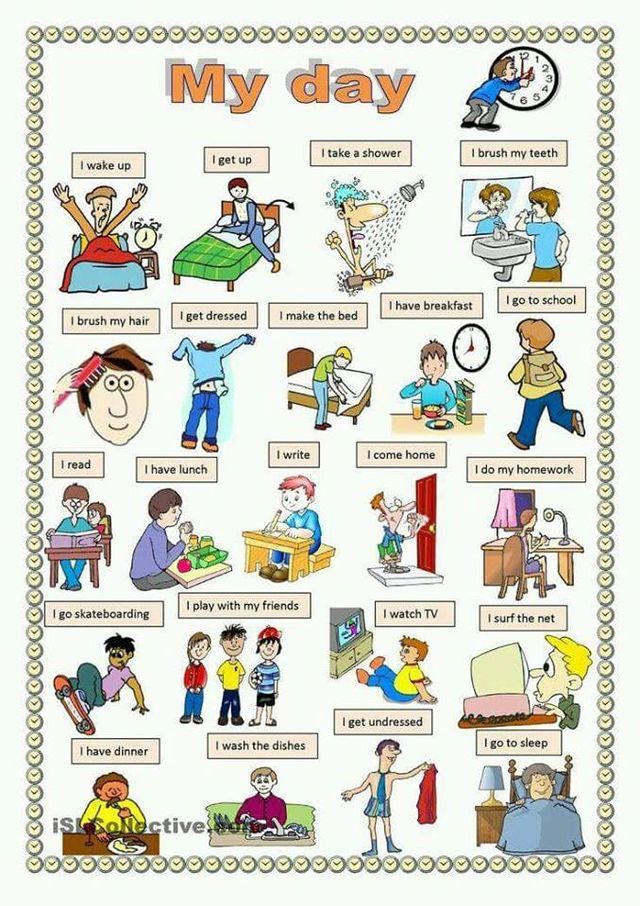
Learn more: Word Map/Upper Elementary Snapshots
2. Use the Frayer Model
Frayer models are a popular way to learn new words and concepts. Kids define the word in their own terms, then list facts and characteristics, examples, and non-examples.
Learn more: Southern Fried Teachin’
3. Draw vocabulary sketchnotes
Kids and teachers love sketchnotes! Rather than writing out definitions, have students draw a sketch that sums up each word instead. It’s a lot more fun and gives kids an image for visual association and to help remember the meanings.
Learn more: Now Spark Creativity
4. Bump words along
Group vocab words together with a few other words with similar meanings and one that’s an antonym. Students identify the antonym and “bump” it to the next box, filling in the next group of words. They continue until the worksheet is full.
Learn more: Reading and Writing Haven
5. Post a Graffiti Wall
Think of a vocabulary graffiti wall like a collaborative word wall.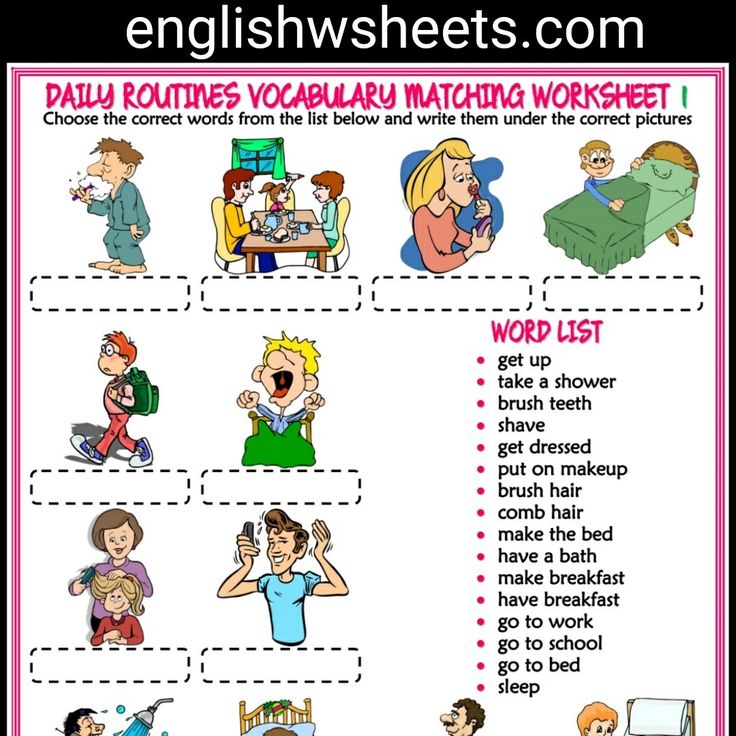 In the classroom, post the words on the wall and have kids add sticky notes to illustrate the term (they can use words or pictures). Online, try a tool like Padlet or Google Slides.
In the classroom, post the words on the wall and have kids add sticky notes to illustrate the term (they can use words or pictures). Online, try a tool like Padlet or Google Slides.
Learn more: Digging Deeper
6. Match words to describe character
This is a terrific way to practice vocab words pulled from books you’re reading. Ask students to use various words to describe the different characters in the book and their feelings, thoughts, and actions.
Learn more: The Sassy Apple
7. Fill in words from A to Z
This vocabulary game is fun and challenging, and you can play it at any age. Choose a word, then challenge kids to come up with related words for as many letters as possible. These could be synonyms, antonyms, examples, and more. Trickier letters are worth more points!
Learn more: A to Z/Lit in Focus
8. Try Flipgrid for vocabulary activities
Forever a Teacher at Heart/Twitter
Are you on the Flipgrid bandwagon yet? It’s perfect for vocabulary activities! Have kids record a quick video for each word, using their creativity to make it fun and meaningful.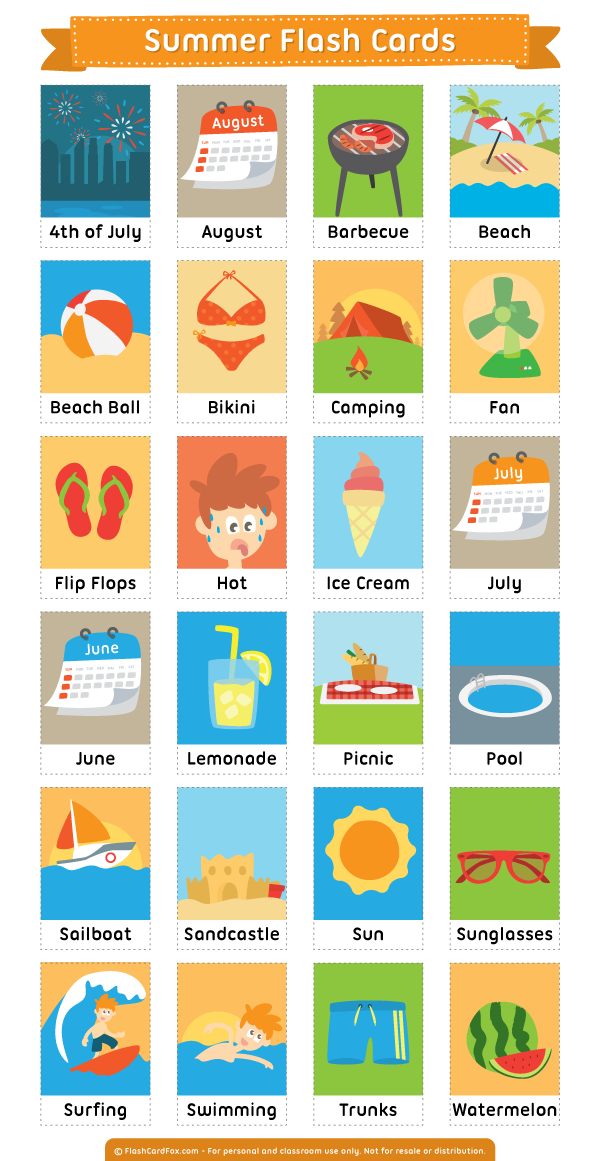
9. Battle it out in Vocabulary Jeopardy
Good vocabulary activities encourage more than just memorization of definitions. That’s why we like this Jeopardy game idea. It explores synonyms and antonyms and how words are used in real sentences.
Learn more: Not So Wimpy Teacher
10. Use RAFTs to write vocabulary stories
Writing a story using vocab words is a perennial favorite, but the RAFT method gives it a new twist. Students are assigned a Role (the point of view from which they’ll tell the story), an Audience, a Format, and a Topic. For instance, they might be an astronaut (Role) writing a postcard (Format) to their friends back home (Audience) about what they’ve seen on Mars (Topic). RAFTs are especially great for kids who claim they don’t know what to write about.
Learn more: RAFT/Teaching Writing
11. Discover the power of words
Vocabulary words take on greater meaning when students incorporate them into their daily lives.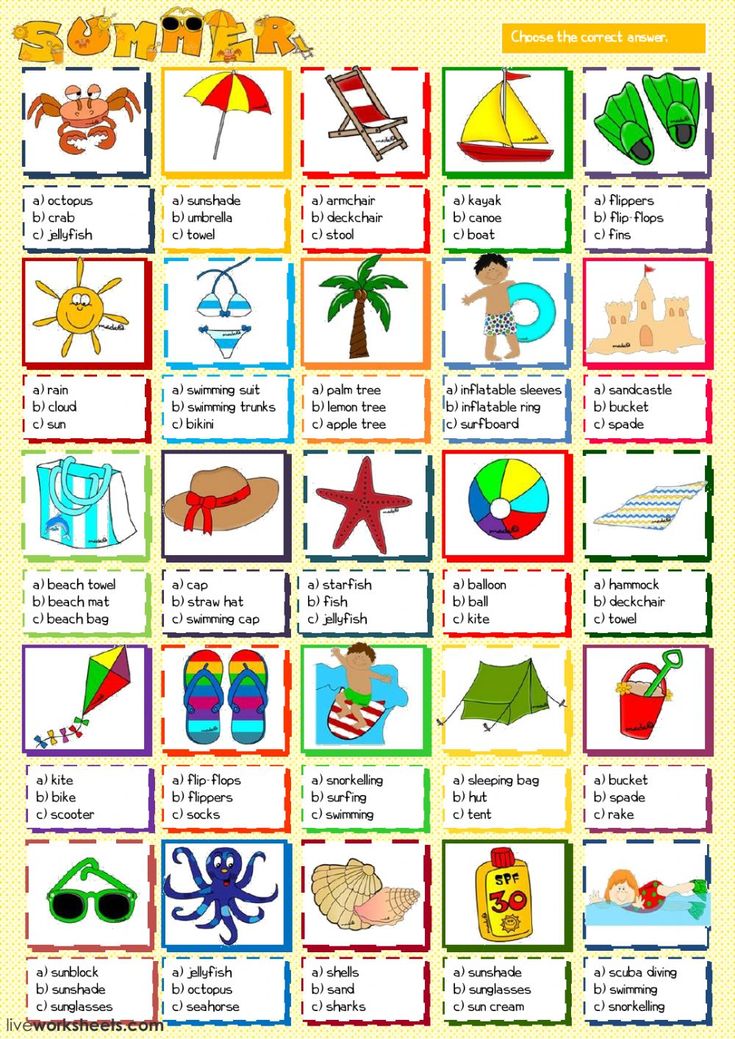 Challenge kids to use their vocab words in conversation and writing outside the language arts classroom. Use the free printable worksheet here to help them keep track of how often they use them.
Challenge kids to use their vocab words in conversation and writing outside the language arts classroom. Use the free printable worksheet here to help them keep track of how often they use them.
12. Create graphic organizers
Colorful organizers like these are terrific vocabulary activities. Want to go digital? Have kids make a slideshow, one slide per word. They can include the same information, but instead of drawing a picture, have them find one online that illustrates the concept.
Learn more: Graphic Organizers/Upper Elementary Snapshots
13. Focus on a Word of the Week
Give really important terms the attention they deserve. Choose a new vocab word each week, then explore it in depth day by day.
Learn more: Lit In Focus
14. Join the Million Dollar Word Club
Post a list of target vocab words. If a student uses one of the words in class (outside of vocabulary activities), they become a member of the Million Dollar Word Club! You can have them sign their name on a wall in the classroom or award a badge online.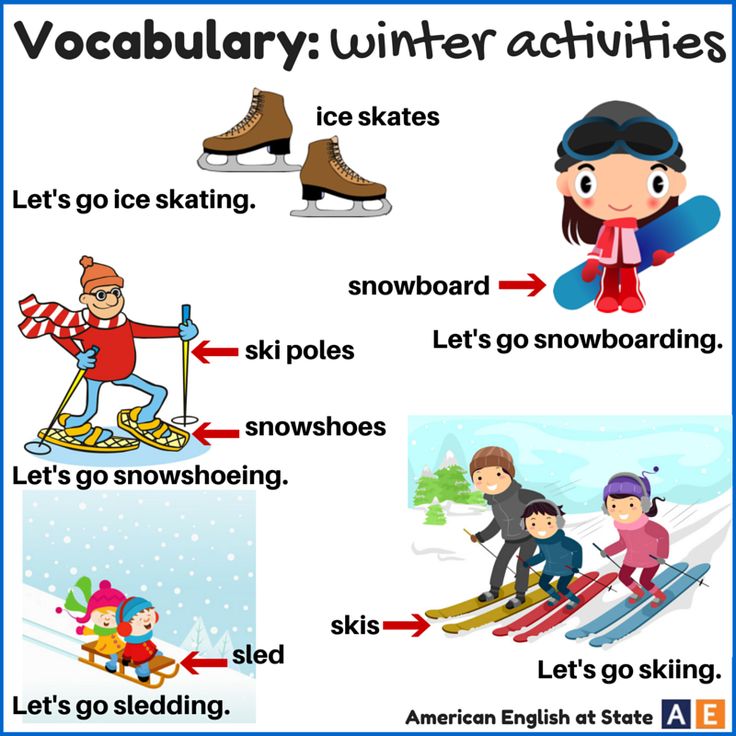 You could even develop this into a reward system for homework passes or extra credit.
You could even develop this into a reward system for homework passes or extra credit.
Learn more: Million Dollar Words/The Sassy Apple
15. Explore shades of meaning
This is a cool idea for exploring synonyms and the slight differences that make words unique. Ask for paint sample strips at your local hardware store, or buy a clip art set. In the classroom, use these paint strips to make crafts for a bulletin board. Working in a virtual environment? Have kids print clip art strips at home or use the images to make slides or digital worksheets.
Learn more: Around the Kampfire
16. Personify a word with social media
This is one of those vocabulary activities kids will want to do over and over again! Assign each student a word and have them create a fake Facebook, Instagram, or other social media page for it. They can draw them freehand or complete a template like these from Teachers Pay Teachers. Post the images to a shared Google slideshow so other students can use them for review.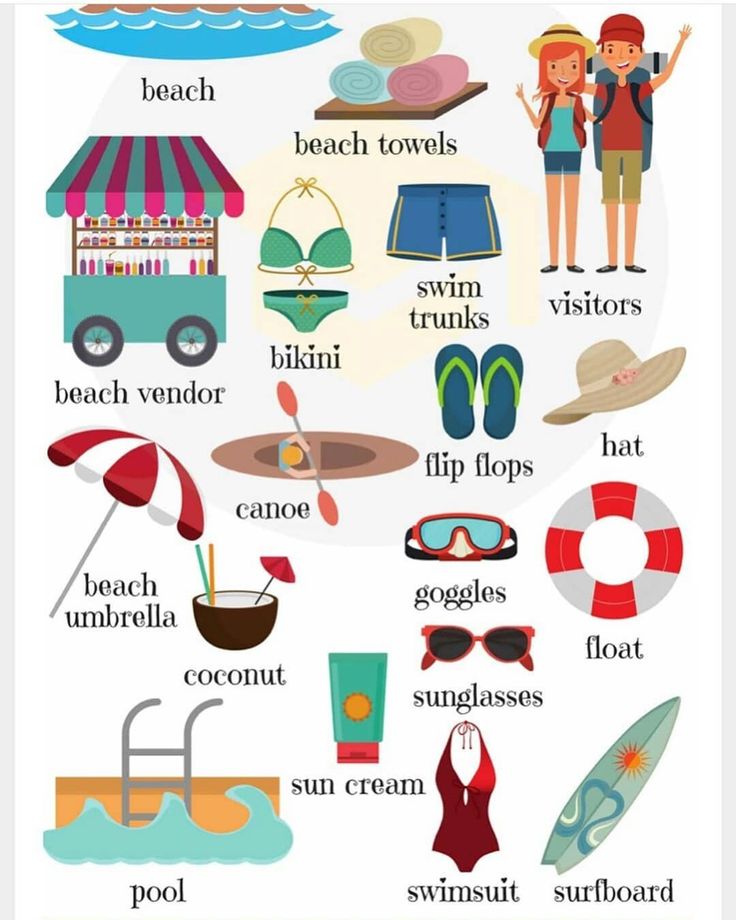
Learn more: Reading and Writing Haven
17. Play vocabulary word Taboo
In this game, the goal is for one student to get their partner to guess the word by describing or giving examples of it. The trick? There’s a list of additional words they’re not allowed to use! Let other students see the card in advance to help keep the players honest. (Flash it on a whiteboard and have the guesser face away.)
Learn more: Teaching Talking
18. Roll a die for vocabulary activities
Choose a vocab word, then have the student roll a die (these virtual dice are handy) to see which activity they get to complete.
Learn more: Roll a Word/Lucky Little Learners
19. Write an acrostic
Write an acrostic poem for each vocab term, using the letters to determine the first word in each line. This can get really challenging when words are longer!
Learn more: Vocab Acrostic/Upper Elementary Snapshots
20. Become a Word Collector
This is one of those picture books that grown-up kids will enjoy as much as little ones. Use it to remind your kids that they don’t need a vocabulary list to learn new words—new words are all around them. Encourage them to keep a word list or journal of their own to record new words they want to explore and use more often.
Looking for more language arts ideas? Try these 11 Essential Tips for Teaching Theme.
Plus, get all the latest teaching tips and ideas when you sign up for our free newsletters!
90,000 increase in vocabulary. Blog Logo-Expert Competent organization of work and developing subject-spatial environment will increase the effectiveness of correctional and pedagogical classes with children with speech impairment
Logo-Expert Blog
children Dictionary for parents
The quality and quantity of a child's vocabulary largely determine the level of speech development in general.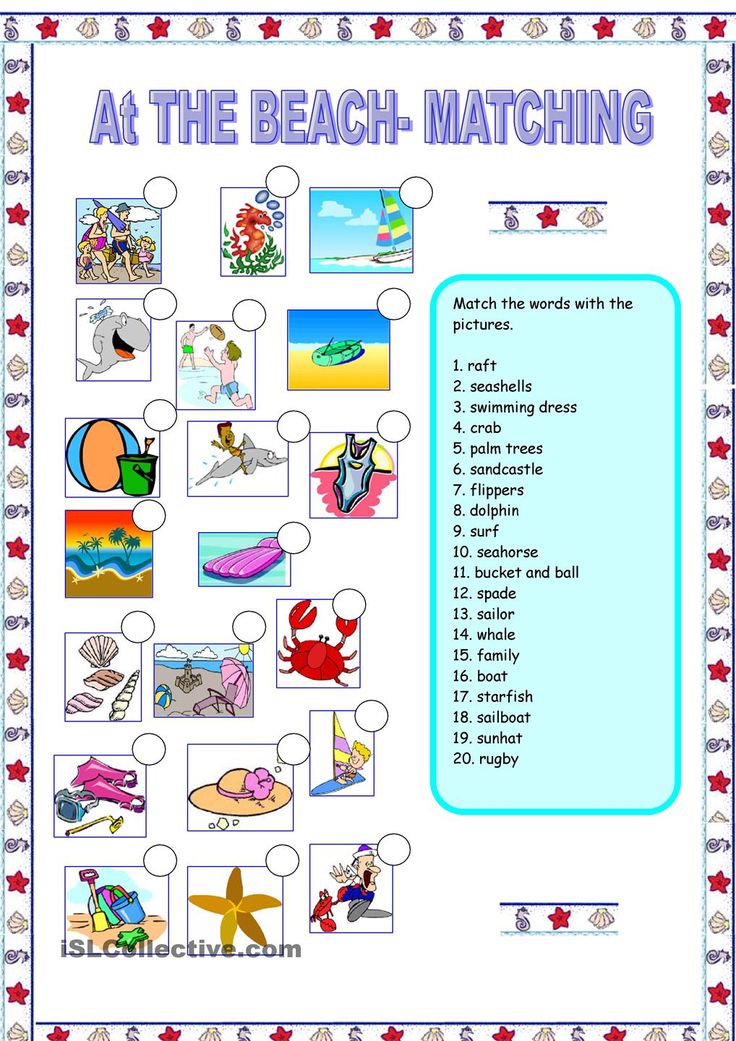 The formation and development of a dictionary is one of the main directions of the speech development of preschoolers. This topic has been the subject of numerous studies over many decades, and does not lose its relevance even now. Currently, there are trends of deterioration in the level of speech development of children, including the scarcity of their vocabulary. The reasons for this deplorable situation are heredity, and congenital pathologies of development, and the imperfection of the educational system, and the lack of competence of teachers and parents on the speech development of preschoolers. Usually, vocabulary work is most intensively carried out in the early and younger preschool years, but it should continue in the older age groups of the kindergarten.
The formation and development of a dictionary is one of the main directions of the speech development of preschoolers. This topic has been the subject of numerous studies over many decades, and does not lose its relevance even now. Currently, there are trends of deterioration in the level of speech development of children, including the scarcity of their vocabulary. The reasons for this deplorable situation are heredity, and congenital pathologies of development, and the imperfection of the educational system, and the lack of competence of teachers and parents on the speech development of preschoolers. Usually, vocabulary work is most intensively carried out in the early and younger preschool years, but it should continue in the older age groups of the kindergarten.
There are certain norms for the development of speech, the indicator of which, in particular, is the number of words that the child knows. By the end of the first year of life, the first words appear (10-15 words).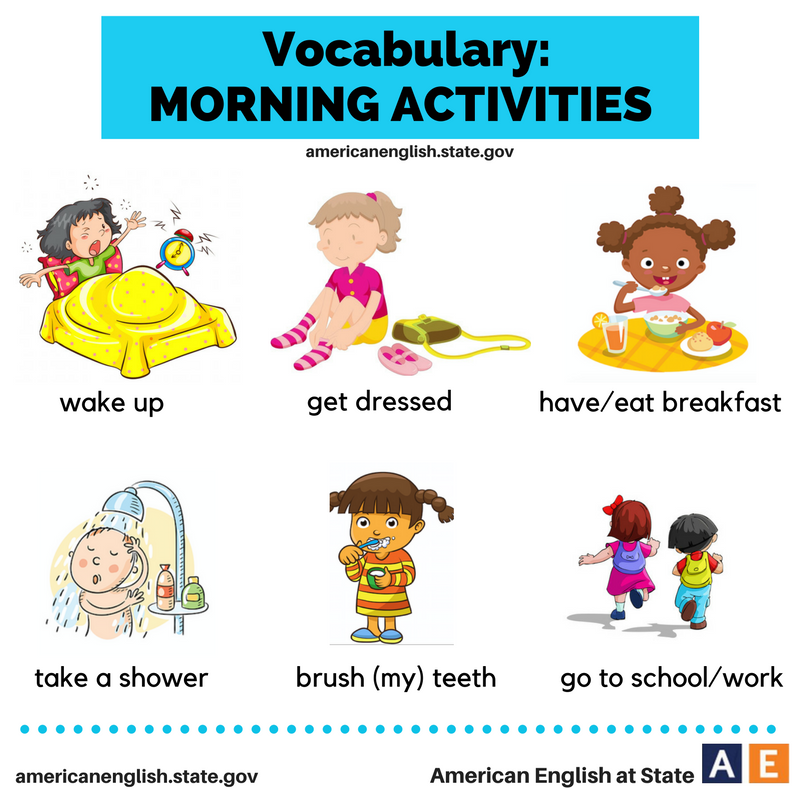 Babbling (lyalya, mom, dad) and onomatopoeic (meow, bibi). During the 2nd and 3rd years of life, the child has a significant accumulation of vocabulary. By 1.5 years - 100 words, by 2 years - 300-400 words, by 3 years - 1000-1500 words, and at 6-7 years old the active vocabulary is from 3500 to 5000 words.
Babbling (lyalya, mom, dad) and onomatopoeic (meow, bibi). During the 2nd and 3rd years of life, the child has a significant accumulation of vocabulary. By 1.5 years - 100 words, by 2 years - 300-400 words, by 3 years - 1000-1500 words, and at 6-7 years old the active vocabulary is from 3500 to 5000 words.
Before entering school, a test is mandatory, which includes an assessment of speech development. And recently, the statistics have been disappointing, because most first-graders show signs of delayed speech development. This is a serious problem, which leads to the fact that such children are simply not ready for school. And first of all, this affects the acquisition of literacy - children simply do not have enough knowledge to pick up test words.
To prevent this, effective measures must be taken to enrich the child's vocabulary so that he knows as many words as possible before entering school.
The child's vocabulary is of two types - passive and active. Passive vocabulary is those words, the meaning of which the child understands, but does not use in his everyday speech.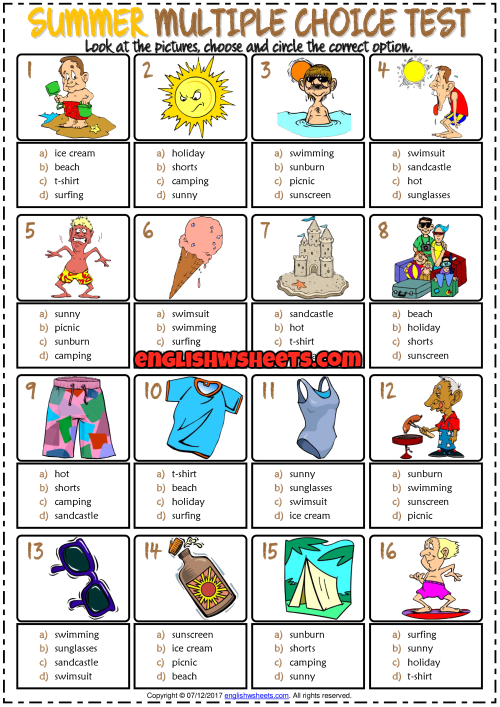 The active vocabulary includes those words that the child not only understands, but also uses them in speech and writing. As a rule, the passive dictionary is always larger than the active one.
The active vocabulary includes those words that the child not only understands, but also uses them in speech and writing. As a rule, the passive dictionary is always larger than the active one.
Thus, the main task is to expand the passive vocabulary, as well as help in activating the active vocabulary. The most active period, when the child begins to master the largest number of words, is the age of 1 year. If at 12 months a child knows about 12 words, then by the age of 4 he already masters up to 2000 words.
It is important to understand that words are not acquired by themselves - this is the result of systematic work to expand the child's vocabulary. And the work must be carried out every day - only in this way can good results be achieved. A huge role in this process is played by parents, on whose participation it directly depends on how quickly the child begins to speak and how rich his vocabulary will be.
There are a number of recommendations to build and increase the vocabulary of preschool children.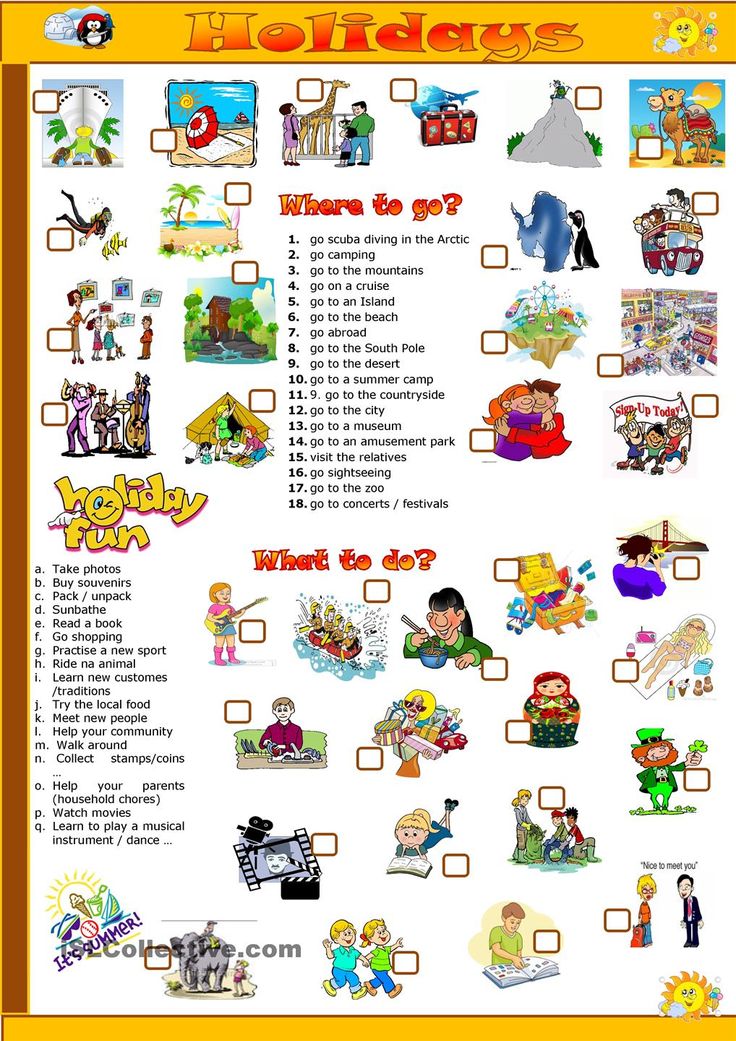 Most of them do not require much effort on the part of parents.
Most of them do not require much effort on the part of parents.
All children are in different conditions of speech development, so the number of words they know is different in each case. But there is a certain list of terms and concepts that children should know by the age of 5-7:
- Household dictionary (names of toys, dishes, hygiene and household items).
- Spatial orientation (up, down, right, left).
- Concepts of time (second, minute, hour, year), days of the week, months and seasons.
- Dictionary of natural history (names of natural phenomena, animals, plants, birds that are in its immediate environment).
- Numerals (ideally up to one hundred).
- Social science terms (names of holidays, words denoting people's work, human values, etc.).
- Sports (football, hockey, etc.).
- Words denoting emotions, feelings and experiences.
- Parts of the human body.
- Names of vehicles.
- Colors and shades.
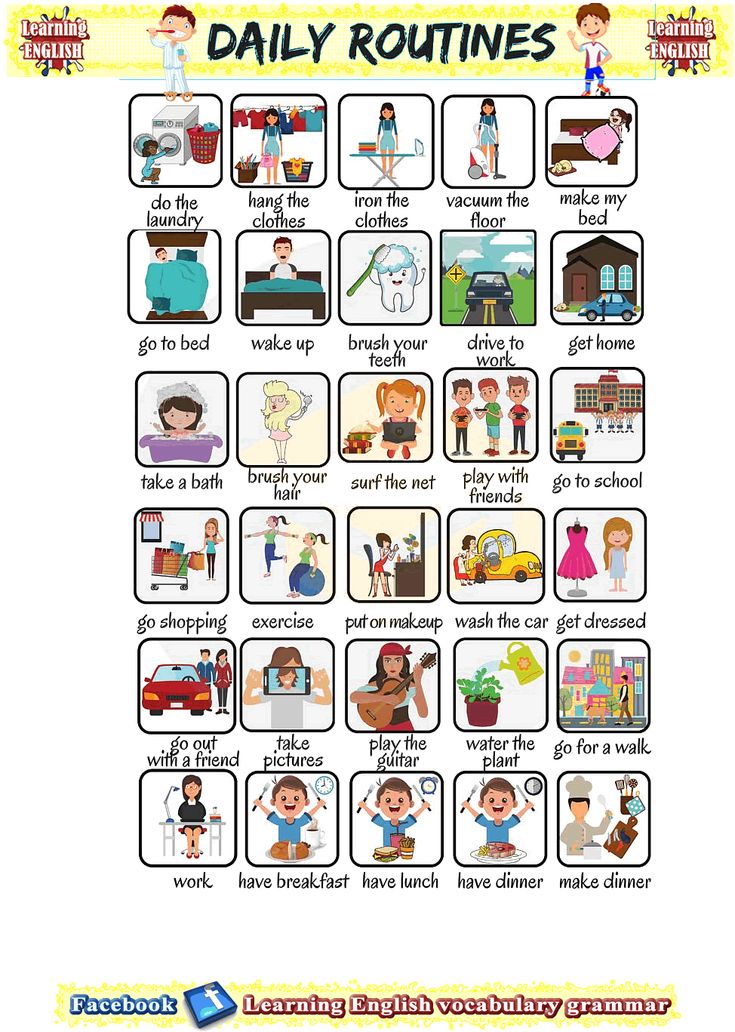
There are many ways to build a child's passive and active vocabulary. Below we list the main recommendations, the observance of which will allow you to quickly achieve results.
Constant communication with the child is the base that allows the child to learn new words, ask an adult about the objects and phenomena that he observes.
During communication, try to use not only definitions familiar to the child, such as “small”, “big”, “good”, etc. Introduce synonyms into speech that make speech more colorful, use metaphors and epithets.
It is important to understand that the speech of preschoolers mainly consists of nouns and verbs, so you need to use adjectives as often as possible. Children hardly remember them, so you need to acquaint the child with the shape and color, smell, material, purpose of objects.
One should not just read books aloud, but do it slowly and with intonation. Periodically, you need to stop and ask the child if he understood the meaning of what he read, or if some words are incomprehensible to him.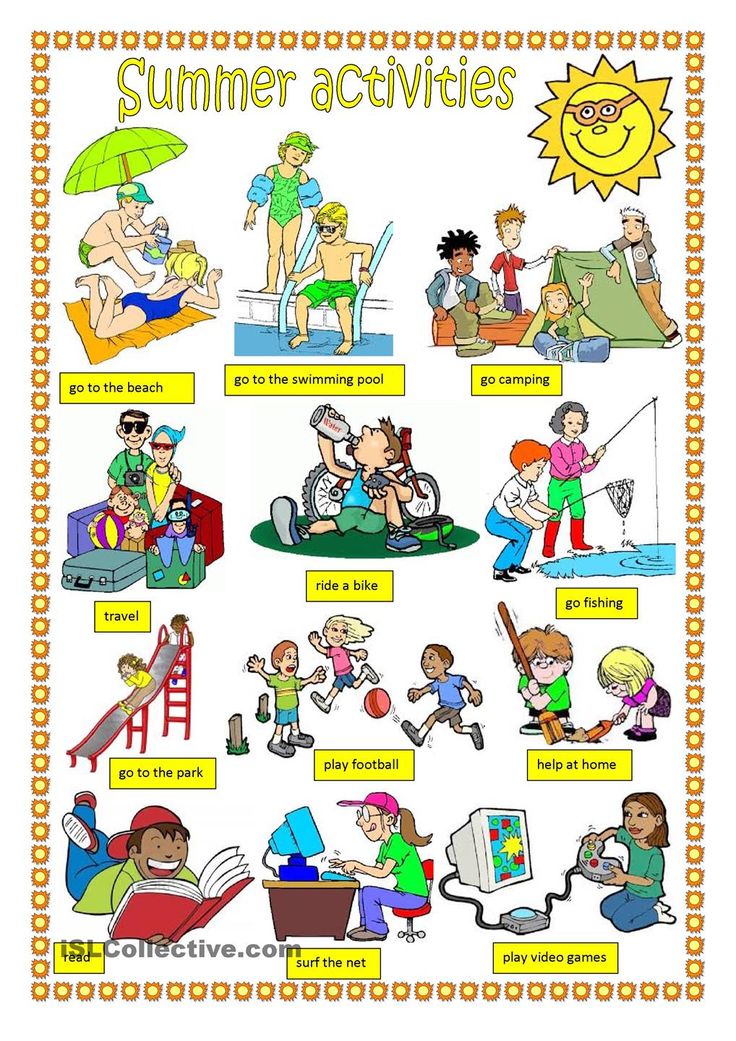 This is very important, because even when reading the simplest book, a child may have a lot of questions that you don’t even know about. Explain the meaning of unfamiliar words to him, and also ask questions about what he read.
This is very important, because even when reading the simplest book, a child may have a lot of questions that you don’t even know about. Explain the meaning of unfamiliar words to him, and also ask questions about what he read.
You can observe almost everything with your child. Conduct an inspection of the premises in which you visit (during a trip to visit, visiting a clinic, etc.), observe with him natural phenomena, children in the yard, animals and birds.
But don't just be an observer - comment on what you see. Actively share your observations, describe the feelings that you experience while doing this. The observations themselves should be interesting for the child, so if he does not want to look at the children playing on the playground, but wants to take part in this himself, then do not prevent him from doing this.
Looking at pictures and pictures in books contributes to the development of a passive vocabulary. You should describe what is shown in the illustration, as well as ask leading questions to the child.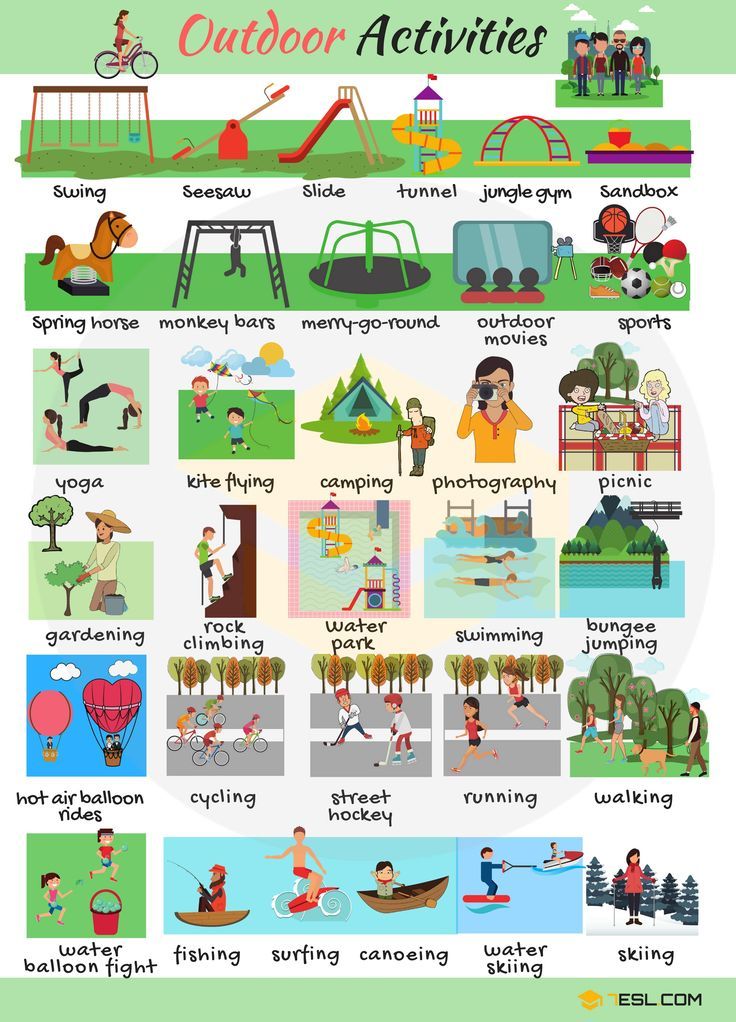
Drawing up a story from pictures is very helpful. First, you can disassemble each image separately, and then, together with your child, compose a simple mini-story based on these pictures.
Here you can combine business with pleasure. Take your child to the kitchen, for example, where you can cook family dinner together. There is just a huge number of new items, the names and purposes of which may be unknown to him. Demonstrate and name the available kitchen items to him, tell him exactly what they are for.
You can discuss the classification of products with him. So he will understand that vegetable oil is needed for frying, and not to drink it, that it is more convenient to eat soup with a spoon, etc. Surely the child will want to help you, so you can entrust him with some simple and safe task (stir salad with a spoon, sort out buckwheat, etc.).
Play is the form of learning that is most effective in childhood. In this case, you do not need any special devices, so you can play almost anywhere.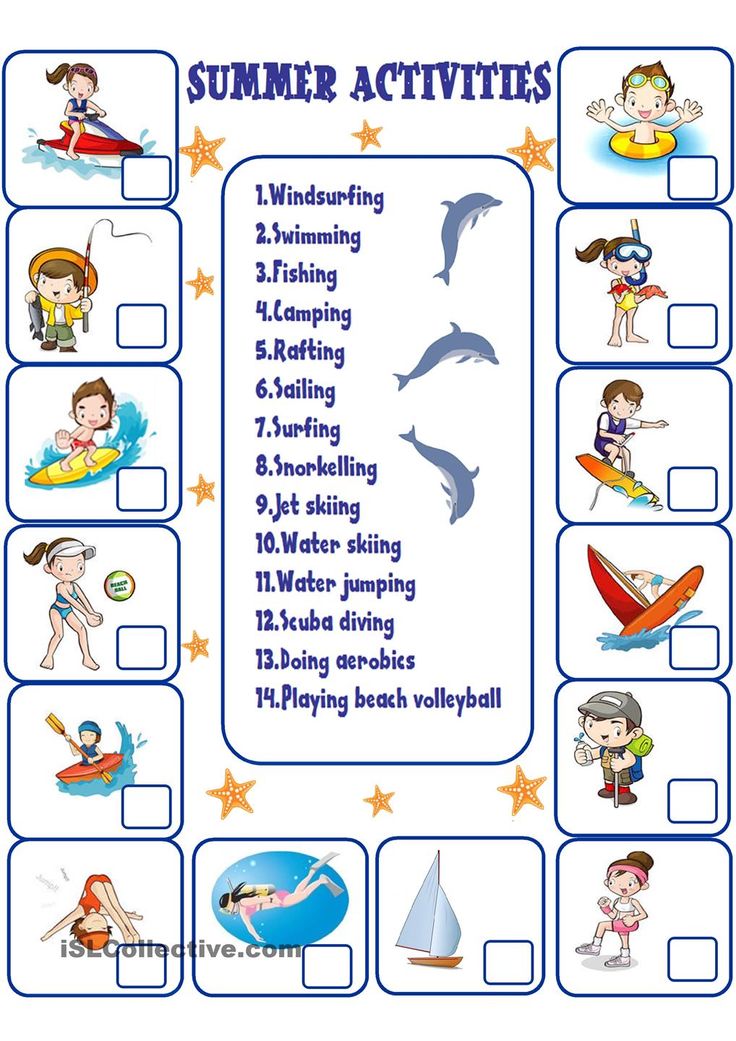
Here are a few examples of such games:
- We name the attribute of an object and correlate a certain object with it. For example, large (elephant, skyscraper, world), white (bread, sheet of paper, etc.).
- Guess the profession. Examples: a person who drives a car ... (driver), a person who sells products ... (salesman).
- "I know five." At an early age, it is important to know not only a lot of words, but also to classify them into certain categories. You can invite the child to name 5 types of animals, types of transport, etc.
- "Edible-inedible". You name any word and throw the ball to the child. If the word is “edible” (ice cream, apple, watermelon), then the child catches the ball, and if it means an inedible object, then the ball is discarded.
- "Say the opposite." You say a word, and the child must name its antonym: hot - cold, slow - fast, clean - dirty.
- "Who lives where?". You name an animal or bird and throw the ball to the child.
 He catches the ball, names the place where the animal lives, and returns the ball. Examples: - a bear - in a den, a fox - in a hole, etc.
He catches the ball, names the place where the animal lives, and returns the ball. Examples: - a bear - in a den, a fox - in a hole, etc.
Games greatly influence the increase in words that the child will later use in his everyday speech. It is important to use as many complex and unfamiliar terms and concepts as possible, explaining in detail what they mean. Remember that all activities should be carried out in a fun and relaxed atmosphere, as well as praise the child, even if his progress at this stage is insignificant.
4 Like
children Parents vocabulary
Related articles
- We all want to make our children happy
- Teaching children with disabilities
- Funny poems about the days of the week
- How to make the most difficult phonemes "easy"
- Speech readiness of children for school
And get a speech therapist's case as a gift
in the first letter!
Expanding the child's vocabulary!
An active leap in the development of a child's speech occurs from 2 to 3 years: at this time, the vocabulary increases by 5-10 times.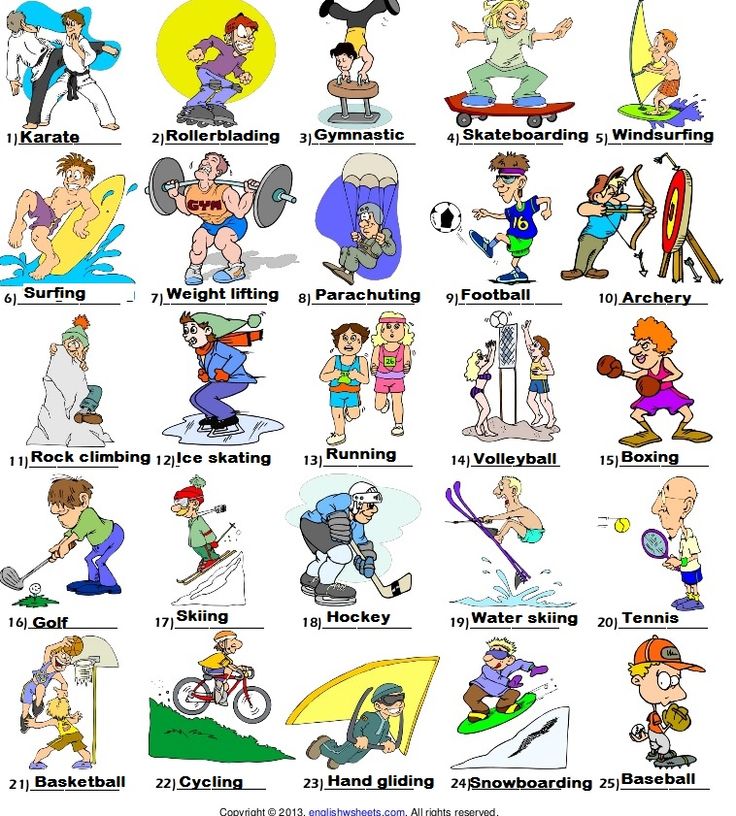 If at the age of two the baby uses only 50 of the simplest words, then by the age of 3 years his vocabulary can already reach 300-700 words. What words form the basis of a three-year-old's vocabulary? First of all, these are the names of well-known objects and phenomena: toys, animals, body parts, dishes, furniture. At this time, the child begins to actively communicate, and his speech is enriched with generally accepted words, often used in dialogues: hello, bye, thank you, please, goodbye . It can also indicate the qualities of different people: kind, good, evil, beautiful . Gives his name, gender and age. Distinguishes singular and plural nouns and verbs (“car is driving” and “cars are driving”), understands the meaning of prepositions (that is, knows exactly what needs to be done if they say: “put the ball in the box” or “look for a pencil on the table”) . In addition, three-year-olds already have a good understanding of short stories and fairy tales (both based on illustrations and without them).
If at the age of two the baby uses only 50 of the simplest words, then by the age of 3 years his vocabulary can already reach 300-700 words. What words form the basis of a three-year-old's vocabulary? First of all, these are the names of well-known objects and phenomena: toys, animals, body parts, dishes, furniture. At this time, the child begins to actively communicate, and his speech is enriched with generally accepted words, often used in dialogues: hello, bye, thank you, please, goodbye . It can also indicate the qualities of different people: kind, good, evil, beautiful . Gives his name, gender and age. Distinguishes singular and plural nouns and verbs (“car is driving” and “cars are driving”), understands the meaning of prepositions (that is, knows exactly what needs to be done if they say: “put the ball in the box” or “look for a pencil on the table”) . In addition, three-year-olds already have a good understanding of short stories and fairy tales (both based on illustrations and without them).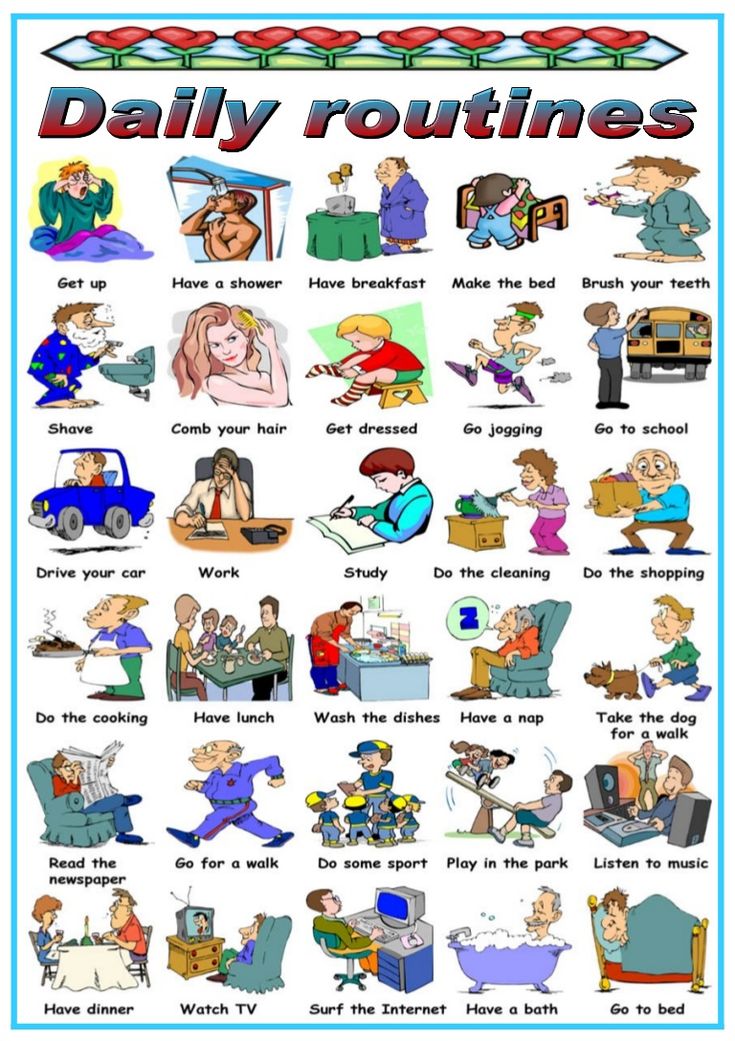
- Teach your child to replace “childish” names of objects, actions, people with their correct names: not “beep”, but a car, not “lyalya”, but a doll, not “yum-yum”, but there.
- Repeat an unfamiliar word with your child several times, come up with different phrases and sentences with this word.
- Train your child's speech apparatus by repeating tongue-twisters with him: "Oop-up-up-up - I'm making daddy's soup", "Doo-doo-doo, doo-doo-doo - the children run in the garden", "Ko-ko -cat loves milk", "Is-li-is the soup salty, not salt!".
At 4 years of life, children begin to better understand the relationship between objects and phenomena and make simple conclusions. At this age, they ask especially many questions (How? Why? Why? What is it called? What does it mean?). At 4 years old, a child's active vocabulary already reaches 1500 - 2000 words. The child is able to build complex sentences, uses prepositions and conjunctions (for, before, instead of, after, because, how much, when).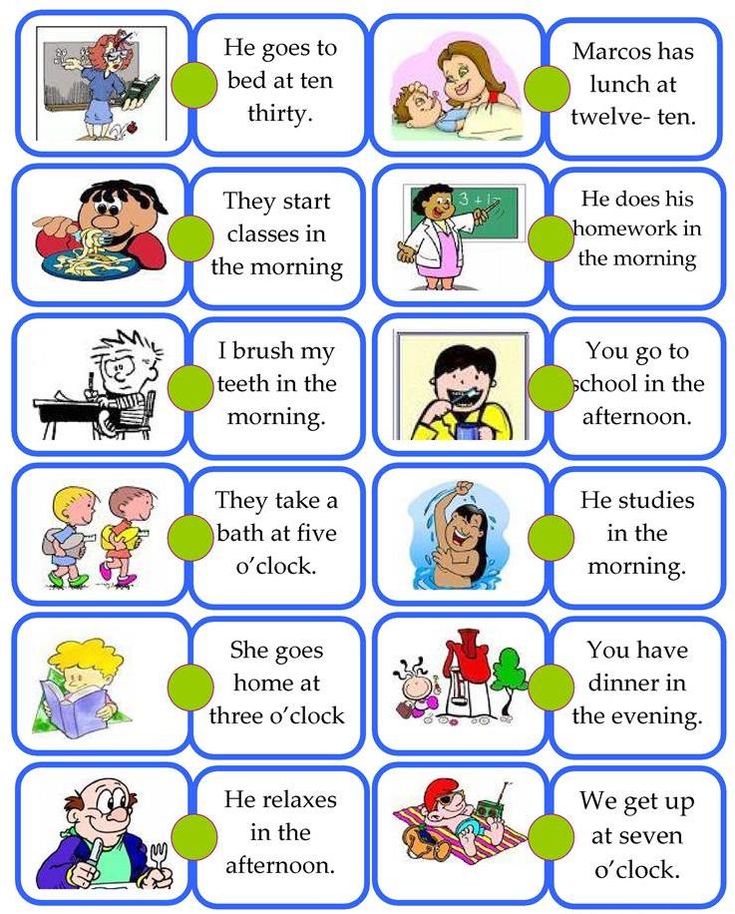 The concepts of time and space are added to speech. The child understands what generalizing words are: plums, apples and pears are fruits, a jacket and coat are clothes. Children replace unfamiliar words with “this” or “that” if they don’t know the exact name (“Give me that!”).
The concepts of time and space are added to speech. The child understands what generalizing words are: plums, apples and pears are fruits, a jacket and coat are clothes. Children replace unfamiliar words with “this” or “that” if they don’t know the exact name (“Give me that!”).
- Show your child pictures that make sense and ask him to find a common word for the objects, animals or people shown. Such an exercise develops not only logical thinking but also fantasy and others).
At 5 years old the child must master all the sounds of his native language, and his vocabulary can already reach 3000 words. He confidently uses all parts of speech and is able to describe almost all objects of the reality around him.
- Name some word and ask the child to suggest the opposite in meaning: hot-cold, soft-prickly, bright-dim, light-dark.
- Choose any object and call the adjectives that describe this object in turn with the child.
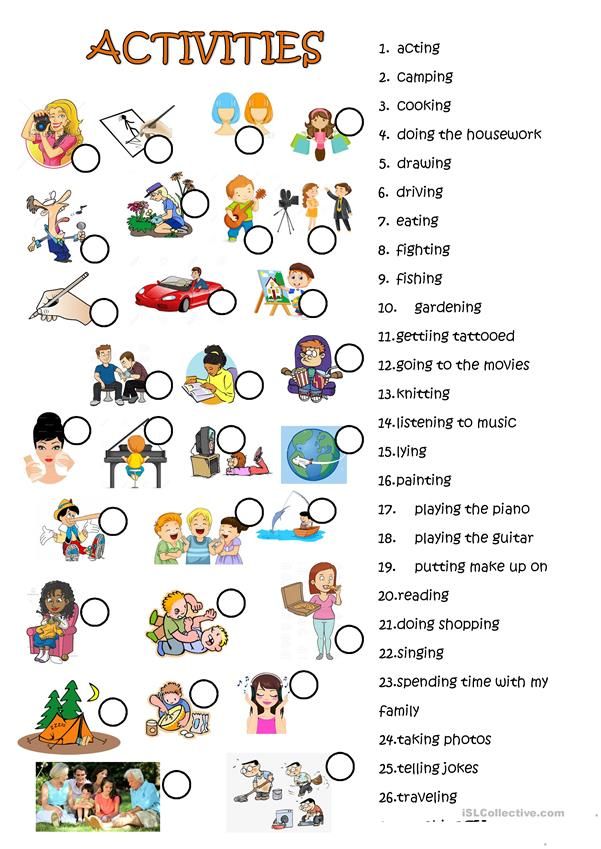 For example, an apple is ripe, red, smooth, tasty, juicy, appetizing.
For example, an apple is ripe, red, smooth, tasty, juicy, appetizing. - To stop the child's speech from being monosyllabic and jerky, try to make up stories with him, looking at the picture, let him describe those who are depicted in it, what they do, how they look, how they treat each other, etc.
Closer to 6 years children's speech is actively enriched with figurative concepts and phrases (even though you gouge out your eye, it's not light, not dawn, you can eat your fill). The child begins to understand grammatical rules, correctly builds words in a sentence, tries to guess what an unfamiliar word means.
- Name the child different words, for example, items of clothing and ask them to exclude the superfluous: T-shirt, pants, dress, bucket, coat.
- Introduce proverbs and sayings into communication, explain in which case they are used: for example, during lunch: “And Vaska listens and eats”, during training or cleaning: “Without labor you can’t even pull a fish out of a pond” or “ Hurry up and make people laugh.
 "
"
The most important rule, at first glance, and the simplest one is to talk to the child as much as possible, literally from the first days of life. Going for a walk, talk about the weather, name the brands of cars, the names of plants. If the child is in the kitchen when you are preparing dinner, explain what you are doing, pronounce the names of the items of utensils and the various ingredients of the dish. Don't be afraid to give your child long and difficult words. Children surprisingly well remember both the names of unusual dishes and the names of dinosaurs.
As you develop your child's vocabulary, focus on new adjectives. Very often, a child can express his emotions in relation to an object only with the help of a standard set of words: “cool”, “beautiful”, “interesting”. Try to introduce as many descriptive adjectives as possible into the child's vocabulary - "amazing", "inimitable", "touching", "amazing". The use of adjectives characterizes the brightness and imagery of human speech.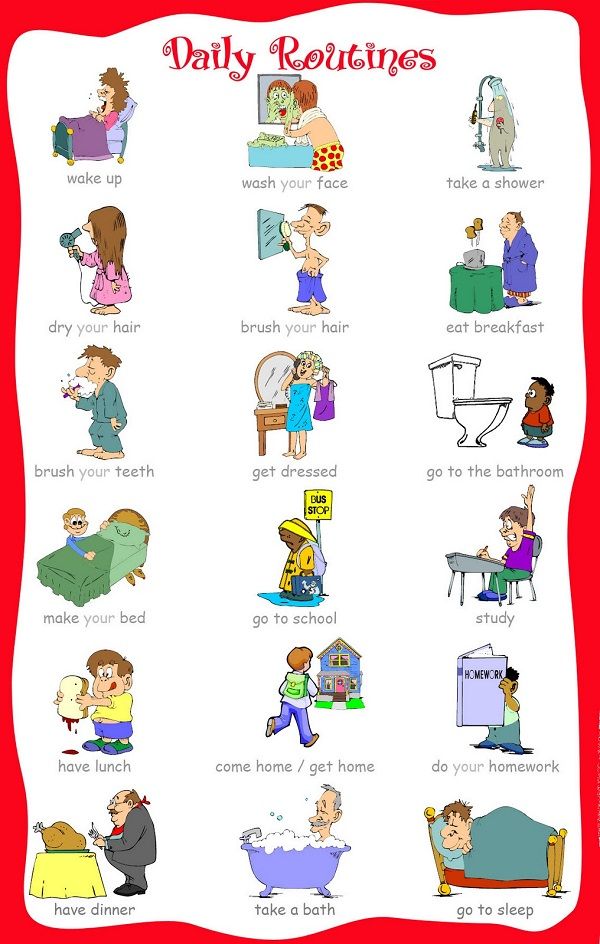
Don't bombard your child with new words. Try to include in conversations with him one unfamiliar new word. At the same time, just naming the word is not enough, it is better to explain what it means, whether it is used now or can only be found in books. This applies, for example, to words from Russian folk tales: a child hardly knows what the words “britchka”, “opara”, “armyak” or “sash” mean, and without understanding their meaning, he may not understand the meaning of the whole story.
Read books to your child more often and try to instill a love for reading , because during this lesson not only speech develops, but also attention, logical thinking, imagination, memory. Discuss the plot with the child, ask if he understood what you just read, ask him to retell the story.
If the baby is not yet able to express his thoughts clearly and without getting lost, do not be afraid to clarify and ask questions yourself (“What did you mean?”, “Can you explain the same thing in other words?”).